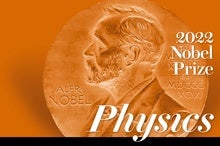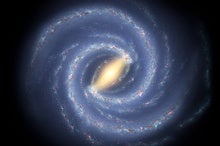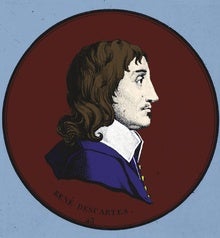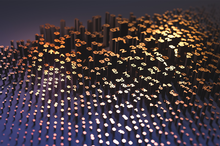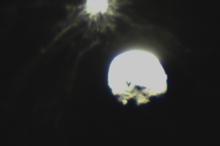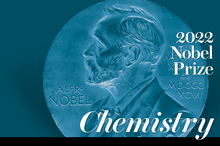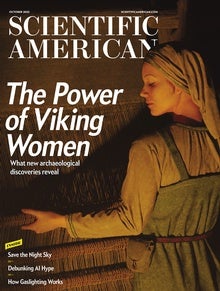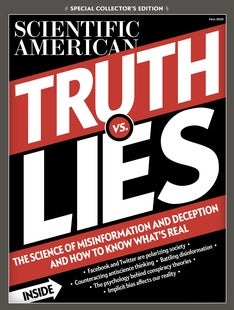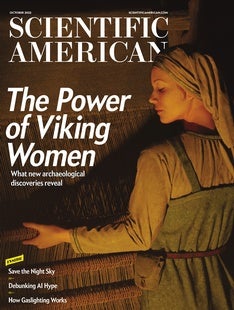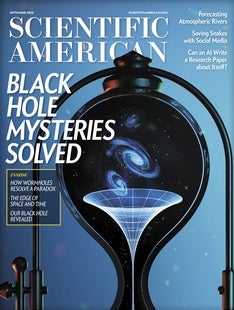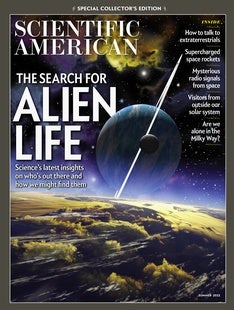 |
| October 06, 2022 |
Dear Reader,
This week, we're questioning reality. And so are the three winner's of the 2022 Nobel Prize in Physics, who performed elegant work using quantum entanglement to show that, in a very fundamental sense, the universe is unreal. If your interest is piqued by that provocative, paradoxical statement, read our lead story, which unpacks the mind-bending science behind this year's physics Nobel laureates. Elsewhere, we have stories on the mathematics of god, a potential linkage between Earth's continents and the Milky Way's spiral arms, and the woman who made NASA's "moon rock box" work for the Apollo lunar landings. Enjoy! |
| |
 |
| |
| |
| Engineering NASA's Saturn V Rocket, the Moon Rock Box and the Woman Who Made Them Work Properly Yvonne Y. Clark, known as Y.Y. throughout her career, had a lifetime of groundbreaking achievements as a Black female mechanical engineer. In the third episode of the third season of the Lost Women of Science podcast, we see how Y.Y.'s brilliance helped make Project Apollo a success | | By Katie Hafner,Carol Sutton Lewis,The Lost Women of Science Initiative | | | |
| |
| |
| |
| |
| |
FROM THE STORE
 | | | |
| QUOTE OF THE DAY
 "The work of Aspect, Clauser and Zeilinger provides the practical theoretical method and conclusive experimental measurements that underline the distinction between the quantum and classical worlds, showing that quantum objects can be related through entanglement in a way that is not possible with classical objects." Andrew Cleland, a quantum physicist at the University of Chicago | |
LATEST ISSUES
 |
| |
| Questions? Comments?  | |
| Download the Scientific American App |
| |
| |



